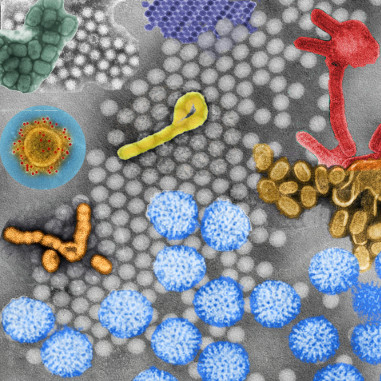Cyprinid herpesvirus 3 (CyHV-3), common carp (Cyprinus carpio), 2007, United Kingdom, England, European clade, virulent isolate K250

- Tagged as
- - Diagnostic reagent
- - Virus
- - Cultivable virus
Produced by
: DEFRA-CEFAS Shipping From
: Weymouth - GB
Product Description
Ref-SKU:
021V-06077 UK isolate of Koi herpesvirus (Cyprinid herpesvirus 3) isolated from common carp, 2007, European clade, isolate K250
Product Risk Group:
ICTV Taxonomy:
Virus name:
Isolate:
Genotype:
Storage conditions:
Viral Storage Medium -80C
Sequencing:
Complete coding sequence
Infectivity:
Infectivity tested and quantified
Mycoplasmic content:
Contains mycoplasmae
GMO:
No
Biosafety restrictions:
Pathogens of fish, molluscs and crustacea are not covered by the Specified Animals Pathogens Order (SAPO) or UK Health and Safety executive (HSE) Advisory Committee on Dangerous Pathogens. There are no known zoonotic viral pathogens of the aforementioned aquatic animals. However potential release of a WOAH or EU listed pathogen into the environment would be serious, potentially affecting wild and farmed animals and disease-free status for certain diseases. Work with these viruses must be undertaken in a BSL 2 compliant facility at the minimum, with appropriate inactivation and disposal for all waste streams including from laboratory and aquaria based experimental facilities.
Virus host type:
Previous Name or Taxonomy:
Infectivity Test:
TCID 50
Production cell line:
Virus Cultivability:
Passage:
4
Identification technique:
PCR and sequence
Shipping conditions:
IATA Classification:
Information about the collection of the virus
Recombinant product:
No
Biological material origin:
Natural origin
Collection date:
Thursday, 2 August, 2007
Country of collection:
Isolation host:
Isolation technique:
inoculation onto cell culture
Isolation conditions:
20 degrees Celsius
Clinical information:
virulent isolate, pathology including gill necrosis observed